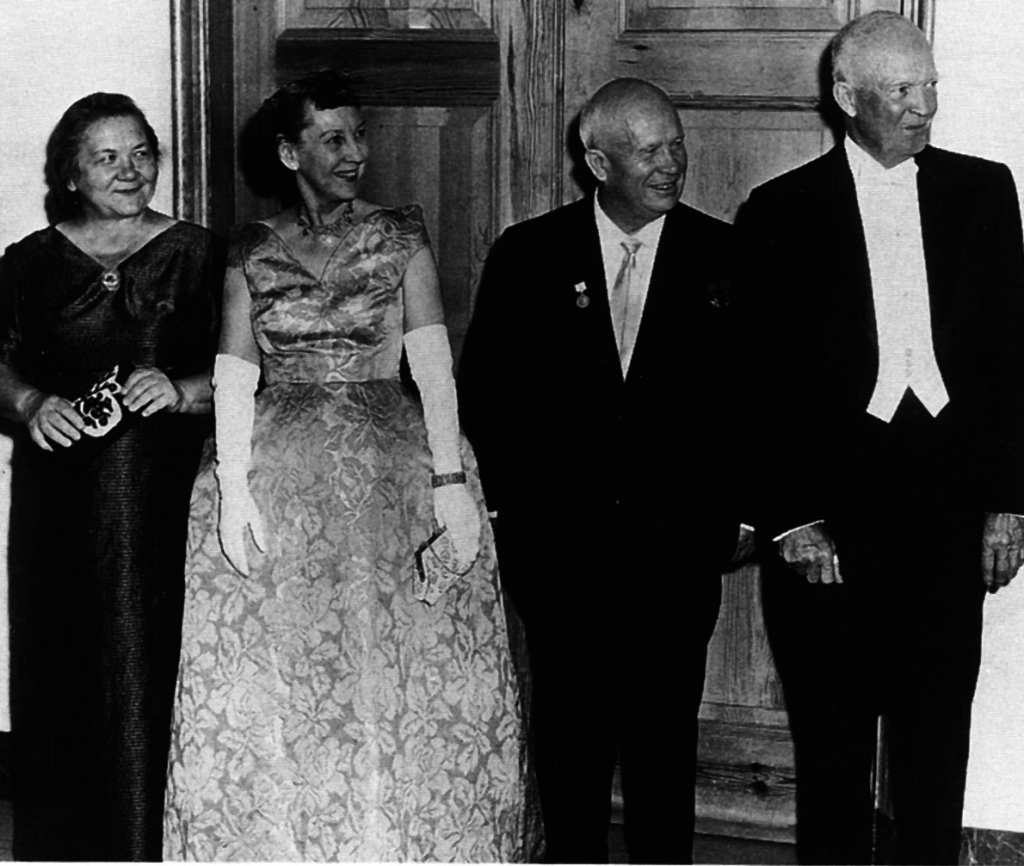A model of Sputnik 1 (Nasa)
On 4 October 1957, something momentous happened to shatter the complacency of 1950s America: a small metal sphere with four antennae began emitting a high beep-beep from far, far away1.
The Soviet Union had successfully launched the Sputnik 1 orbital satellite, delighting the world’s radio hams with its signature. Its full name Sputnik Zemlya meant ‘Companion of Earth’. Ultimately, it would revolutionise astronomy, navigation and telecommunications.
Meanwhile, the news from the US that autumn was bleak: A reluctant President Eisenhower ordered the 101st Airborne to Little Rock, Arkansas to protect African-American children from segregationist fanatics preventing them from attending school.
The missile gap
Eisenhower was relaxed about Sputnik’s launch, though still angry that inter-service rivalries kept the US from reaching space first. Even when the Navy launched its rival Vanguard rocket the following December, it rose only a few feet before exploding. The Daily Mail dubbed it ‘Puffnik’2.
Dictatorships were supposed to be incapable of such technological leaps. But the powerful rocket used to launch Sputnik ramped up American fears of a ‘missile gap’–a fear which would be cynically exploited by John F. Kennedy in the 1960 presidential election–and it exercised professional Cold War warriors who had earlier inflated false fears of a ‘bomber gap’.
In reality, the US had a much larger inventory of nuclear weapons than the Russians – 6,444 bombs in 1957. Even if, in 1961, the Russians had detonated their 50 megatons Tsar Bomba, the world’s most powerful hydrogen bomb, US Strategic Air Command had nearly 2,500 long-range bombers, at home and on overseas bases. General Thomas Powers ensured 134 of them were constantly airborne or ready to take off at just 15 minutes notice. The US had also pioneered aerial refuelling tankers, of which it had 8003.

 Main Edition
Main Edition US
US FR
FR








Join the discussion
Join like minded readers that support our journalism by becoming a paid subscriber
To join the discussion in the comments, become a paid subscriber.
Join like minded readers that support our journalism, read unlimited articles and enjoy other subscriber-only benefits.
Subscribe